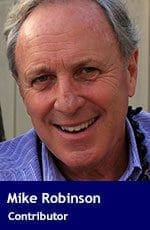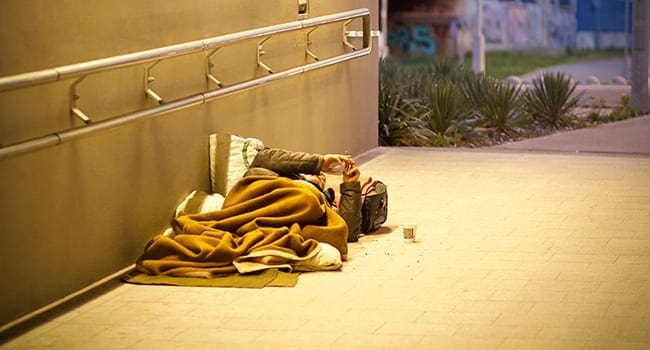 For four months in 1976, I was a pretend cop in Vancouver’s Downtown Eastside. I was really a UBC Law student who had just finished first year, and had landed a summer job as a ride-along with the Vancouver Police Department.
For four months in 1976, I was a pretend cop in Vancouver’s Downtown Eastside. I was really a UBC Law student who had just finished first year, and had landed a summer job as a ride-along with the Vancouver Police Department.
The program was geared towards students who were interested in criminal law, and its day-to-day administration and delivery in the inner city. You were treated like one of the boys (there were no female students working the program that summer 40 years ago), and were expected to pitch in and get along.
The first month was night shift, midnight to 8 a.m. Sometime during the first week my constable partner (a 20-something, six and a half-footer with blonde hair) took me to the city morgue.
I remember going in to the autopsy theatre and seeing gleaming stainless steel operating tables. Along one wall ran a series of stacked pull-out freezer drawers, each containing a body.
The attendant opened several for me to view. He began with, “This is a ‘jumper’ (free fall from the Lion’s Gate bridge). This one’s a ‘crispy critter’ (a rooming house fire casualty). Here’s a ‘natural causes’ (death from old age).” I’d never seen a dead body before.
Over the rest of that first week, I was introduced to a series of Skid Row characters who shared mythic personas in the VPD. There was Hudson, who lived in a dumpster. He had a head of curly black hair, was non-verbal, but smiled back when hailed from the squad car.
My partner said that he was the dirtiest person he had ever met. Then there was the Mole. He was bent over at the waist, and had a very large pointed nose. He scurried in the back lanes off east Hastings, and only came out at night.
The Beauty Queen was another night dweller. She was pointed out as the oldest living prostitute in Vancouver. Her theatrical make-up hung on her face like a mask.
There was a middle-aged, good-looking First Nation’s man (we said Indian 40 years ago) who the cops called the Chief. He wore a beaded buckskin jacket and spoke in Hollywood phrases. In fact, he seemed convinced that he was acting his life’s role.
Of course, there were literally thousands of Downtown Eastside residents, but longevity and character stood out in this transient neighbourhood.
The cops were drawn to and protected the characters. They had earned a special status.
During my first month of night shift, we also had regular calls to rooming houses. Back then, before the current wave of Downtown Eastside gentrification and Portland Hotel-style social housing, slum landlords owned old wooden buildings that catered to broken-down loggers, second generation Chinese Canadian single men (many of whose fathers had worked on the construction of the CPR), and pathetic groupings of heroin addicts.
In my memory now, they were all single men. There were no couples, and I cannot remember visiting any rooming houses of women.
I recall spare rooms with minimal furniture, narrow cot-like beds, hanging light bulbs, no books, and hotplates for cooking. If we arrived at dinner time, there were interesting smells in the corridors.
I recall my partner lifting the lid on a boiling pot (“Let’s see what’s for dinner tonight, Mike!”), and seeing a frighteningly huge lingcod head peering back at me. Everything smelled of damp wool, old men and stale sweat.
There certainly were drug addicts on the street in 1976, but somehow many of the interactions we had on the beat seemed to involve mentally ill people, confused characters who were struggling in life and had few options.
Many of the single men were barely functional alcoholics who had spent their bodies in the bush camps and booming grounds of the old B.C. economy. They had lived rough and it showed. There were no fancy workers’ pensions, and when you were too old to work, many went to Skid Row for welfare and a room.
There you’d at least meet people who shared aspects of your life history. And at least in that respect it was a community.
Mike Robinson has been CEO of three Canadian NGOs: the Arctic Institute of North America, the Glenbow Museum and the Bill Reid Gallery. Mike has chaired the national boards of Friends of the Earth, the David Suzuki Foundation, and the Canadian Parks and Wilderness Society. In 2004, he became a Member of the Order of Canada.
The views, opinions and positions expressed by columnists and contributors are the author’s alone. They do not inherently or expressly reflect the views, opinions and/or positions of our publication.


